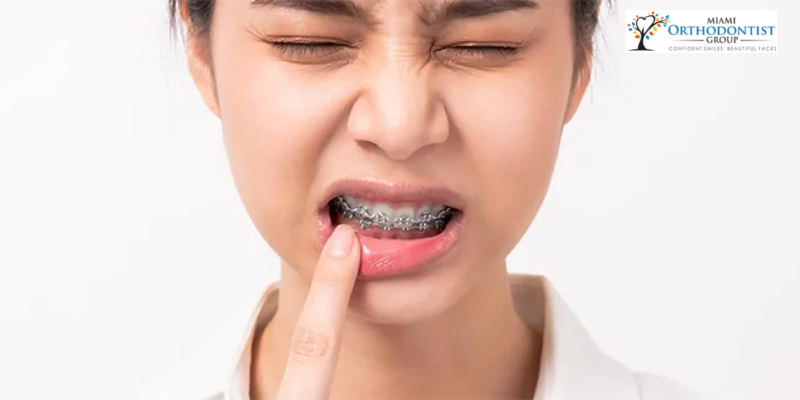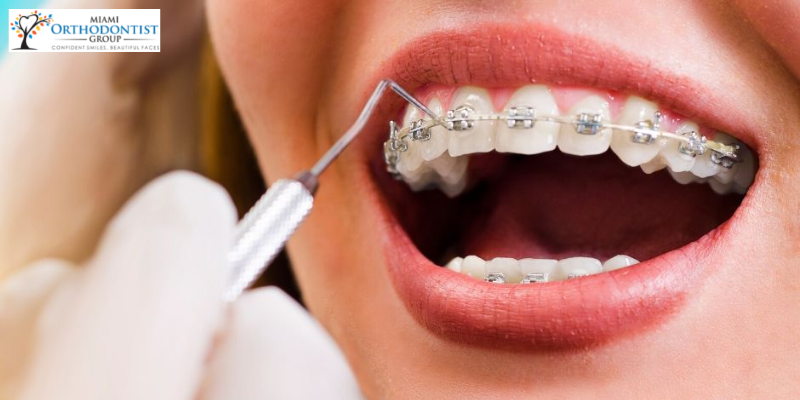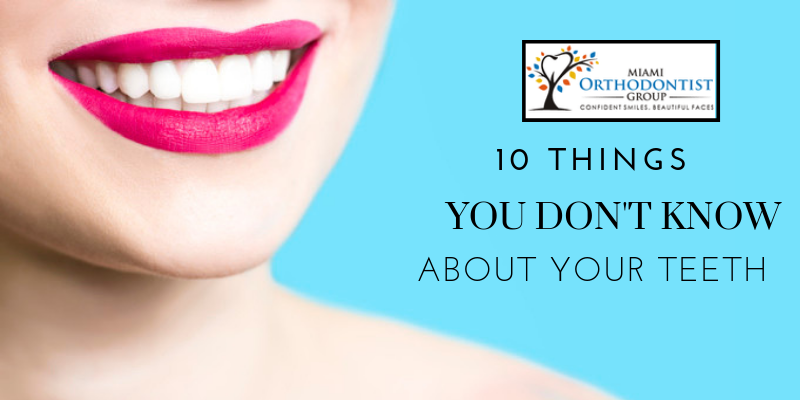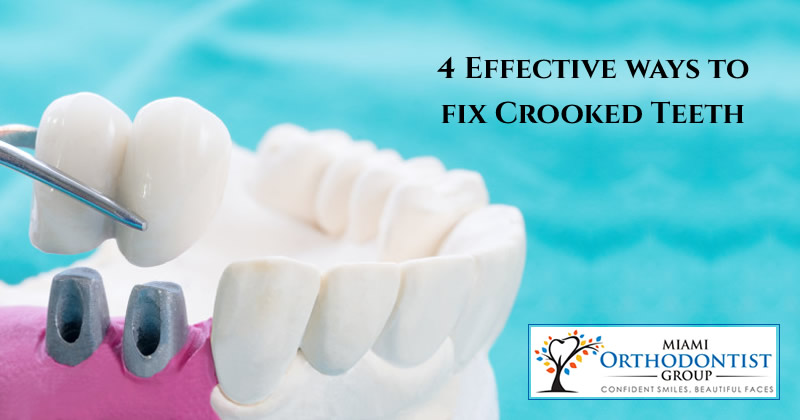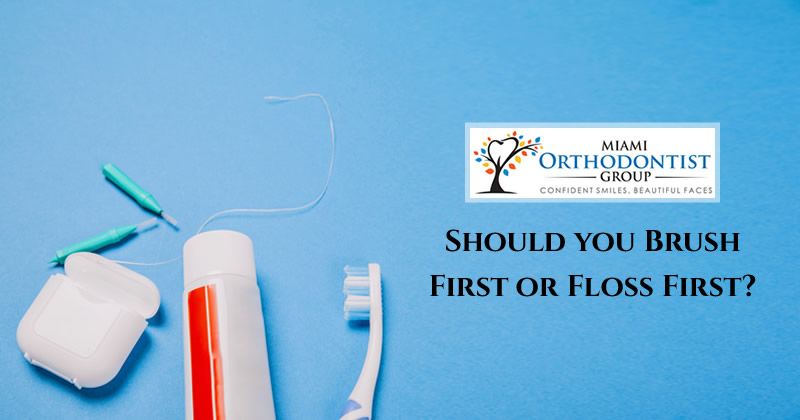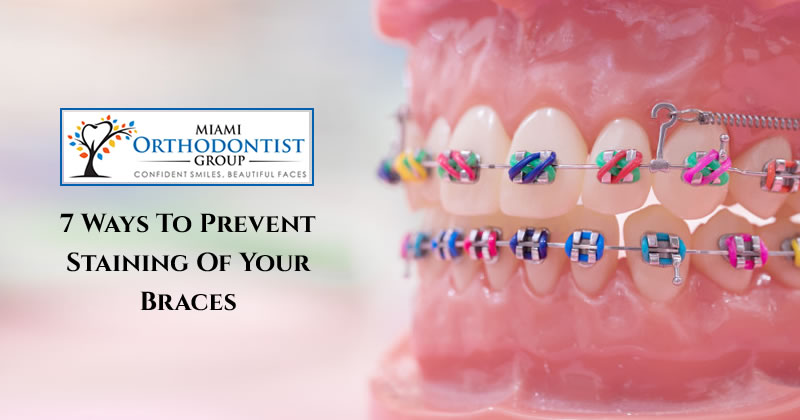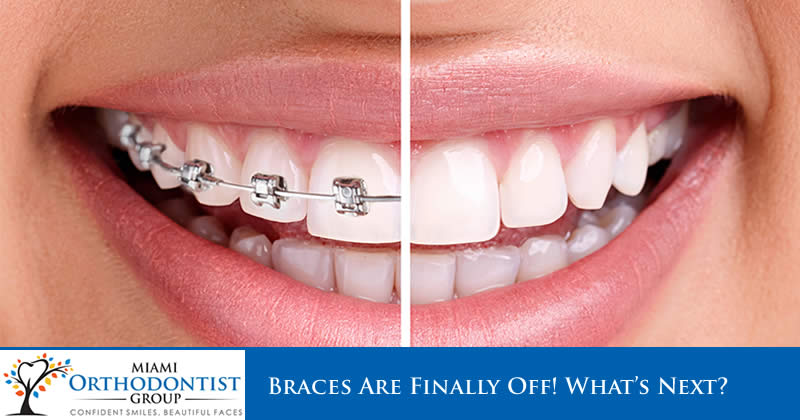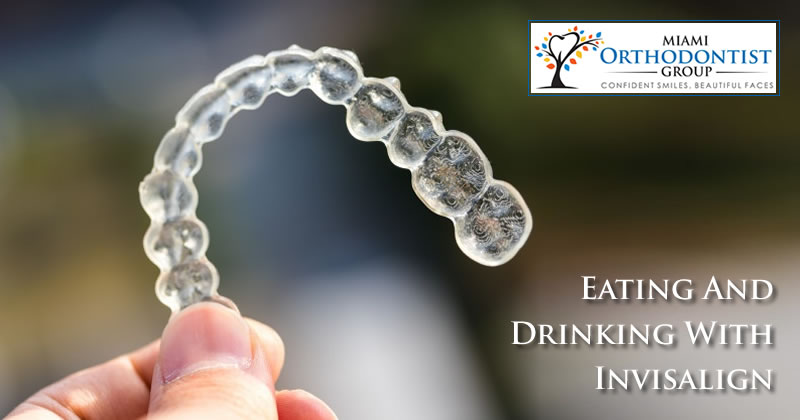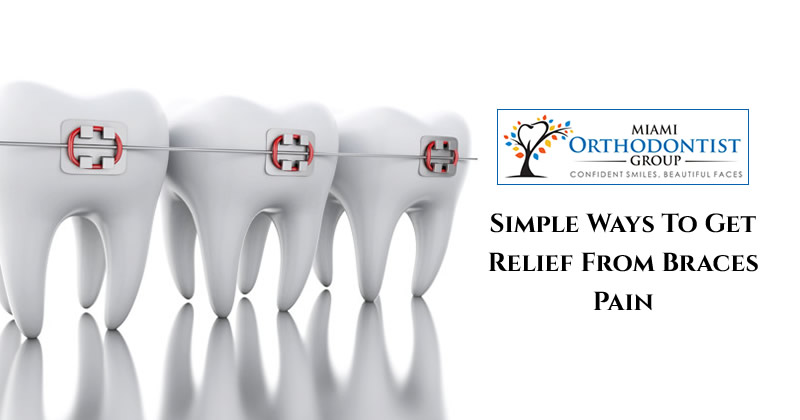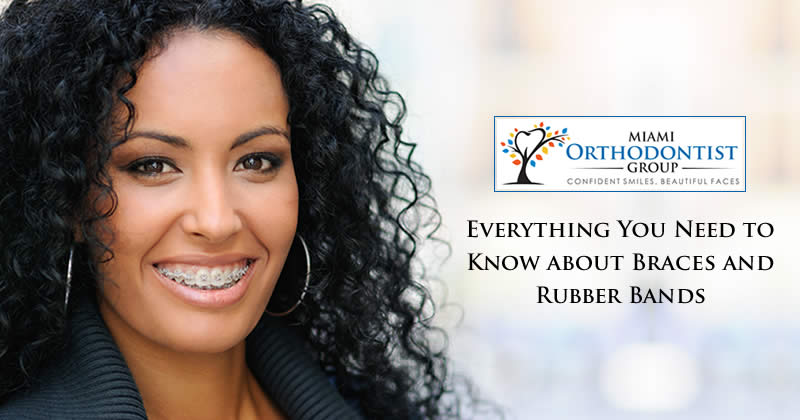When you least expect it, an orthodontic emergency can strike. It may happen suddenly in any household and at any time.
You can look glamorous when you smile. Unfortunately, not everyone has a beautiful smile.
Teeth are some of the most fascinating body parts. They serve multiple purposes to help us get by on our day-to-day lives. Nevertheless, there are more uses of our teeth other than the usual biting, chewing, and talking. Here are 10 important things you probably never knew about your teeth.
More often than not, people with crooked teeth feel embarrassed. Crooked teeth sometimes are more than just a cosmetic problem, like: if the problem is major, person may find it difficult to chew his/her food, or difficulty in brushing teeth, or they can even lead to injury because they do not provide proper support for the jaw.
Research shows, nearly 70 percent of Americans brush their teeth twice a day, but only 40 percent floss at least once daily. However, there is a strong connection between daily flossing and good oral health.
Braces are dental retainers used in orthodontics to align and straighten teeth. They help position the teeth about the individual’s bite. Despite the effective work these dental tools do, patients are left with one main concern. The white spot left on the teeth after the braces are removed bothers many patients.
The first days of having braces can be hectic. Everything would feel and seem as If you have a new permanent feature in your mouth that you just can’t get rid of. When people get braces, regardless of the benefits that they may offer, the thing they want the most would be taking them off. This is why more orthodontic patients keenly look forward to the day they will take off their braces.
Over the years, more and more people have been using Invisalign in orthodontic treatment due to its numerous advantages. One thing about Invisalign as compared to alternatives like braces is that Invisalign is aesthetically looking perfectly blending in with your appearance. In addition to that, Invisalign is removable.
An Orthodontic treatment especially braces can be painful. The resulting pain and discomfort of having braces on can be difficult to adjust to. This is why you need quick and simple pain relief methods to help you handle and deal with the resultant pain of orthodontic treatment.
Braces and rubber bands both are very effective in straightening your teeth and for the treatment of misaligned jaw. Commonly, wearing braces is enough but in some cases, orthodontist also provides you rubber bands with braces to wear.


